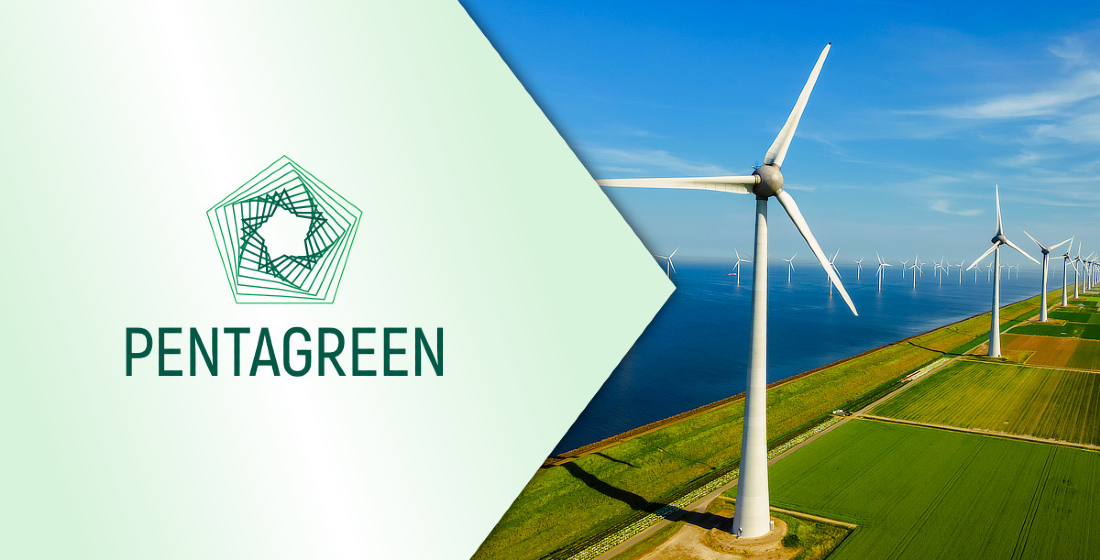Pent up demand for sustainable capital?
Pentagreen, a new, sustainable infrastructure-focused lending platform headed by Marat Zapparov, launched in Singapore last month. Does it have the tools to address funding gaps, and are those gaps really what’s holding development back?

Singapore’s push for dominance in infrastructure finance in Asia continues apace. Clifford Capital, a hybrid export credit agency and commercial bank backed by Singaporean state holding company Temasek, was founded in 2013, and launched the project finance debt securitisation platform that would become Bayfront Capital in 2018.
The Asia Infrastructure Centre of Excellence launched in 2010, the Global Infrastructure Facility in 2014. Temasek and SMBC formed the real assets fund manager Pierfront Capital in 2015, and Temasek has also launched several decarbonisation-focused equity platforms. Singapore has quietly become a popular listing location for cross-border project bonds, which have emerged as a tidy earner for local law firms.
Then, in October 2021, Temasek and HSBC announced a new venture focussed on debt financing sustainable infrastructure. The new platform promised to expand the already crowded universe of alternative infrastructure lenders in the city-state.
In August 2022 that new venture formally launched, with a name – Pentagreen Capital – and a chief executive officer – Marat Zapparov, a veteran of the World Bank’s International Finance Corporation, Clifford Capital, HSBC and KPMG.
HSBC and Temasek are each providing roughly half of Pentagreen’s $150 million capital, with Clifford Capital providing operational and transactional support and back office services, and the Asian Development Bank providing technical support and helping originate projects. Pentagreen, stresses Zapparov, has an independent board, and makes its lending decisions internally without requiring project-by-project approvals from its founders.
The rationale behind Pentagreen has not changed during the period since the October 2021 announcement, though it has been refined a little. Zapparov calls it “to fill a funding gap for marginally bankable sustainable infrastructure projects.” While the demands of the energy transition loom large behind these gaps, marginally bankable probably covers a variety of risk factors, some of them fairly persistent and pedestrian.
Asked whether eligible projects might present political, legal or contractual risks, Zapparov comments “we can’t see a project that uses settled technology, where the contractual structure is widely accepted and the jurisdiction is stable – that will be well supported with liquidity – being eligible. But proven technology in a country where the contractual structure still presents challenges, say in Vietnam, could well be a candidate for support.”
Perhaps anticipating criticism from commercial banks that the new vehicle is positioned to crowd them out, Zapparov gives the example of technologies like electric vehicle infrastructure that are proven but where banks are waiting for a market to develop. And he stresses that while Pentagreen’s focus is on debt, it will be able to provide the spectrum from junior, mezzanine and holdco to senior debt. Asked whether there are any obvious inspirations for the venture, Zapparov notes, “it would be possible to come up with solutions that look a lot like Pentagreen in a variety of situations. People in our region have looked at how to set up similar entities either within existing institutions or separately. We will just be one tool, and our initial capital base is fairly modest. We imagine there will be others.”
If Pentagreen is going to succeed in turning that $150 million in capital into a promised $1 billion in mobilised financing it will either need to raise debt at the Pentagreen level to lend on as senior debt or use that initial capital to make loans that sit under or alongside senior loans. Zapparov says only that potential structures are still in development, though he speaks enthusiastically about creating a blended finance vehicle, either inside or outside Pentagreen.
The Uxolo perspective
So, is there a real need for what Pentagreen is offering, given that Asia sometimes feels more like it is suffering from a lack of decent financing opportunities rather than liquidity? “There was a pipeline forming even before our launch. The demand is there. We see a lot of developers and asset managers looking to raise capital, but when they approach traditional sources they see a lack of appetite.”
Pentagreen looks like it has done its homework on the “marginally bankable” front. How well is it going to define “sustainable infrastructure”? Zapparov says that its approach to ESG will be to apply international best practices, with the ADB likely to be a key source of support. He points to the FAST-Infra Sustainable Infrastructure Label as a useful framework for embedding that practice, while noting that sustainability methodology is still evolving.
Despite settling on a name and CEO, a lot of the decisions that will shape Pentagreen’s future have yet to be taken. Zapparov says he will now focus on building out the operational side of the business, but hopes that the lender will be able to evaluate transactions soon.
So far, the pace of deployment of renewable energy has mainly surprised on the upside, with costs falling and installations exceeding expectations. But past performance is no guide to the future, and it is possible that the supply of attractively priced capital in the region could surprise on the downside.
With project capital costs, and particularly debt costs, both increasing, sponsors will be under pressure to boost returns, especially if other assets start looking more attractive relative to infrastructure. An ill wind for Asian renewables would be a fair wind for Pentagreen.
The US Department of Energy’s Loan Program Office now looks like a veteran in the field of renewables lending, and has learned over its history that “bankable” can change drastically with market conditions, and not always for the better. Pentagreen may also need to adapt as market conditions create new and unexpected funding gaps.
Banks might get quicker at getting comfortable with newer technologies, but experience shows they normally require a period of acclimatisation. Domestic lenders – those best placed to finance local currency revenues – usually have tougher learning curves. While Pentagreen has said little about how it might manage foreign exchange risk, if it can support local currency lenders on tougher technologies it might carve out a vulnerable niche – and attract little criticism from international commercial banks.




